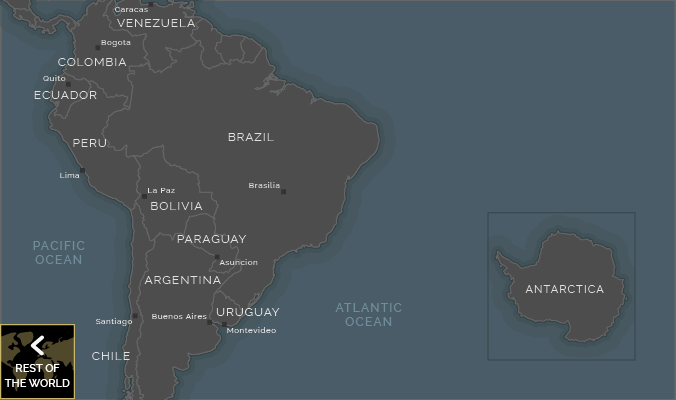Most Galapagos Holidays are cruises around a pre-determined itinerary stopping at the islands and experiencing the highlights of the each individual islands. The Galapagos Islands have evolved uniquely, meaning that it is important to know what you want to see before selecting your cruise.
Johnny, our resident Galapagos guru, has written a series of blogs explaining more about the different Galapagos Islands from Espanola Island in the South East to Fernandina Island in the west. Read on for further information about the magical Islands and Johnny’s top five.
- Isabela Island, Galapagos Islands:
The island of Isabela is 20km in length and larger than all other Galapagos islands combined. The North West of the island was a haven for pirate ships to shelter in the calmer coves and bays of the island. Isabela was formed by 6 shield volcanoes making it the most volcanically active island. Charles Darwin visited Tagus Cove in 1835. The current census shows that approx 2,000 live on the island.
Highlights or Isabela: There are a variety of micros climates on the island and species have evolved differently according to their habitats. In the west the nutrient rich Cromwell current is loved by fish, whales, dolphins and birds. 16 whales have been recorded here. (inc. Humpack, Sperms, Sei, Minke, Orcas). Other wildlife: Rays, Tortoise, Marine, Penguins, Pelicans, Flamingos, Land Iguana, Hawks, Woodpecker Finch, Blue Footed Booby, Nazca Boobies, Sea Horses, Mangrove Finches and more.
- Fernandina, Galapagos Islands:
Named after King Fernando of Spain as he sponsored Christopher Colombus and his expeditions. Fernandina is known for its eruptions, lava flows and the occasional smoking volcano. Fernandina is the furthest western island of all Galapagos Islands. It is also the third largest of all islands.
Highlights of Fernandina: Large land Iguana population and no inhabitants. Very rich waters to west from cold Cromwell current. Good for Galapagos Penguin and Flightless cormorant. Wildlife includes: endemic Rice Rats, Marine Iguana, Sea lions, Sally Lightfood Crab, Land Iguana, Sea Turtles, Sharks and Rays.
- Espanola Island, Galapagos:
It is the southern most of all Galapagos islands and one of the oldest at around 4 million years old. Large number of endemic species due to remoteness.
Highlights of Espanola Island: Lava lizard, Espanola Giant Tortoise, Marine Iguana that remain brightly coloured throughout year. Lots of Sea lions. Blue footed Boobies, Nazca Boobies, Red-Billed Tropical Birds. A large blowhole. Gorgeous 2km beach and is the only breeding ground for the Waved Albatross (leaves January-March).
- Santa Cruz, Galapagos Islands:
Second largest island known as Indefatigable Island after the British HMS Indefatigable. Post WWI many European and Americans settled on the island and today more than 12,000 people reside here. Today Santa Cruz is the main tourist hub of all Galapagos. There are restaurants, cafes and tourists shops long a popular and touristy street.
Highlights: Charles Darwin Research Station is a must for all visitors. There is a Tortoise reserve in the highlands. Vermilion Flycatcher, Darwin Finches, Yellow Warblers and other birds. Las Bachas beach is a popular site for turtles. There are 6 dive sites that are accessible as day trips from staying at one of the many hotels.
- Genovesa, Galapagos Islands:
A large volcano collapsed on one side to create the distinct shape of the island that creates a bay (Darwin Bay). The cliff is now home to many seabirds. The island is known as the Bird Island.
Highlights: Red footed boobies en masse. The marine Iguanas are the only reptile on the island. Climb the steps made famous by Price Philip where you can spot Nazca and Red Boobies and Storm Petrels. Darwin Bay is a coral beach and shark species are present, with Hammerheads the most abundant. Sea lions, Sea Turtles, and the occasional Manta Ray can also be seen.
Johnny will sharing a weekly blog with information on his area of love and expertise every week. Keep an eye on our blog for further information. Please do give him a call or pop him an email to ask any Galapagos related questions.
johnny@southamericaodyssey.com
UK +44(0) 208704 1216
USA +1 866 356 4691
